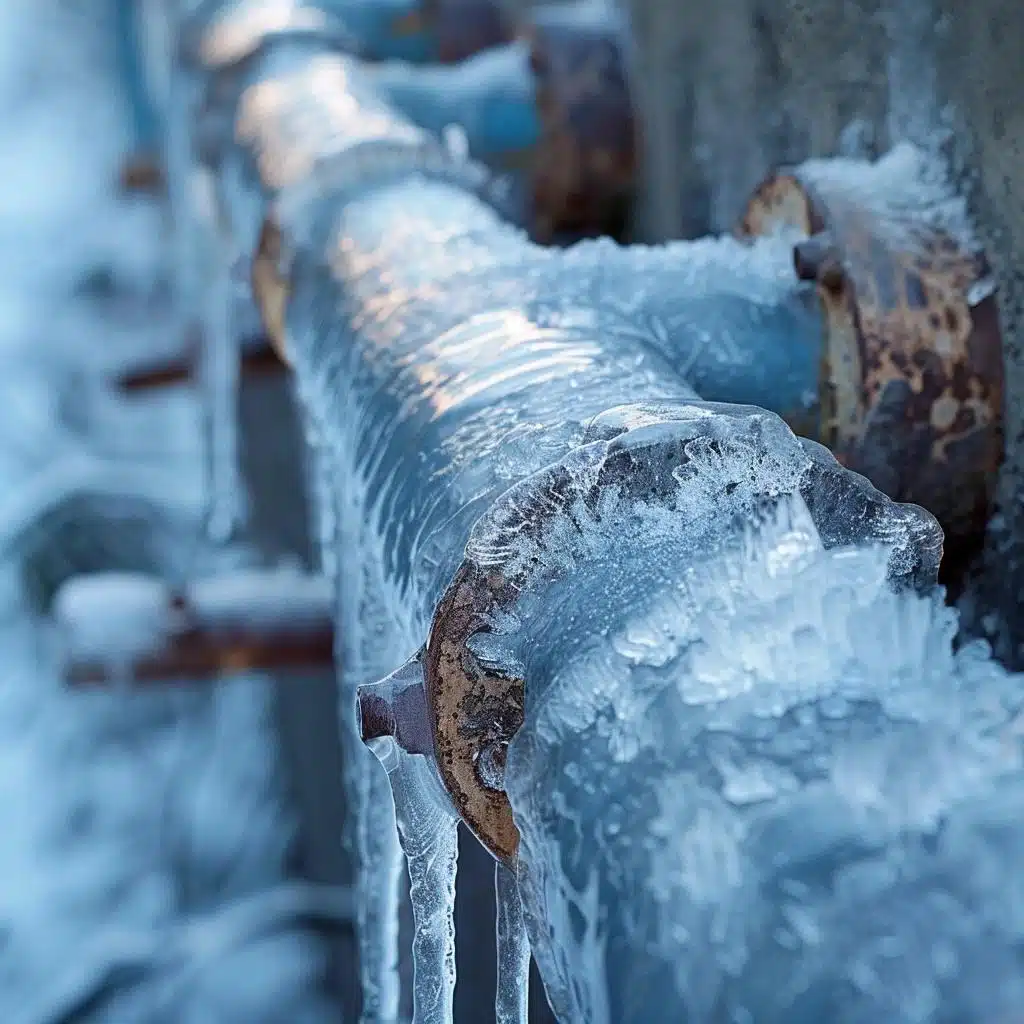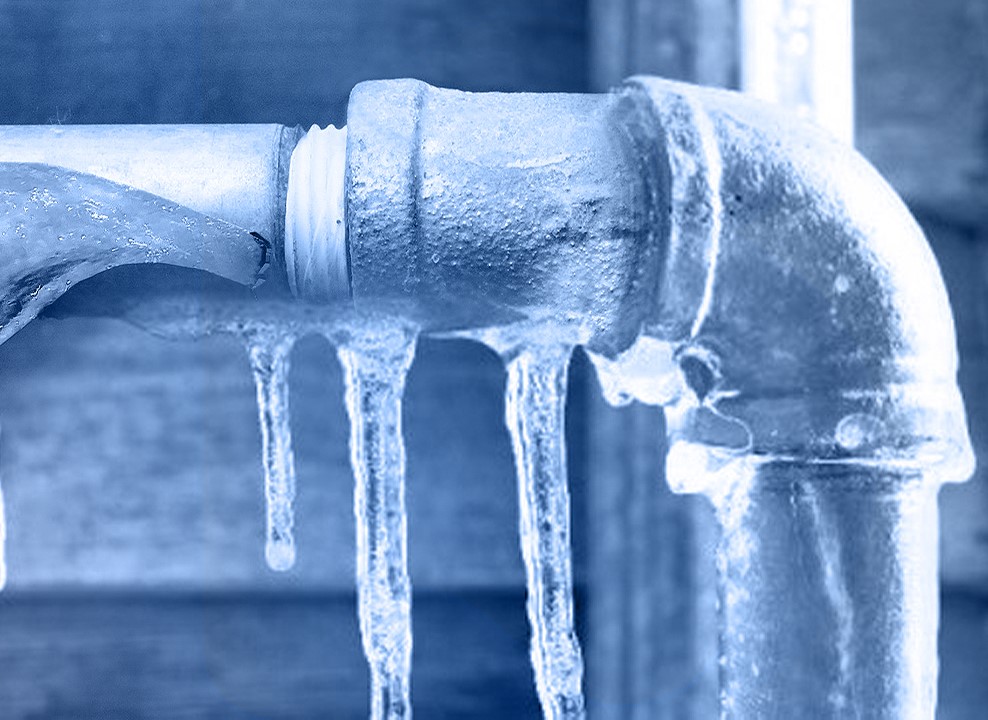Crucial Tips to Avoid Frozen Pipes in Cold Weather: Professional Guidance
Crucial Tips to Avoid Frozen Pipes in Cold Weather: Professional Guidance
Blog Article
Any individual maintains their own concepts about How to prepare your home plumbing for winter weather.

Winter can damage your plumbing, particularly by freezing pipes. Here's just how to stop it from happening and what to do if it does.
Introduction
As temperature levels decline, the risk of frozen pipelines increases, possibly bring about costly repair services and water damage. Recognizing how to stop frozen pipelines is crucial for property owners in chilly environments.
Recognizing Icy Pipelines
What causes pipelines to freeze?
Pipes freeze when subjected to temperatures below 32 ° F (0 ° C) for prolonged periods. As water inside the pipelines freezes, it expands, taxing the pipeline wall surfaces and potentially creating them to rupture.
Threats and damages
Frozen pipelines can bring about supply of water disturbances, residential property damage, and expensive fixings. Burst pipelines can flood homes and create extensive structural damage.
Signs of Frozen Pipes
Identifying icy pipelines early can avoid them from rupturing.
Exactly how to determine frozen pipes
Search for lowered water circulation from faucets, uncommon odors or sounds from pipelines, and noticeable frost on exposed pipelines.
Prevention Tips
Protecting susceptible pipes
Cover pipelines in insulation sleeves or utilize warm tape to shield them from freezing temperatures. Focus on pipelines in unheated or outside locations of the home.
Heating methods
Maintain indoor spaces adequately heated up, especially locations with plumbing. Open closet doors to permit warm air to distribute around pipelines under sinks.
Safeguarding Outside Pipes
Garden pipes and outside faucets
Disconnect and drain pipes yard pipes before winter. Install frost-proof spigots or cover outdoor faucets with shielded caps.
What to Do If Your Pipes Freeze
Immediate activities to take
If you suspect icy pipelines, maintain faucets open up to relieve stress as the ice thaws. Use a hairdryer or towels taken in warm water to thaw pipelines gradually.
Long-Term Solutions
Structural adjustments
Take into consideration rerouting pipes away from outside wall surfaces or unheated locations. Include additional insulation to attic rooms, cellars, and crawl spaces.
Upgrading insulation
Buy top notch insulation for pipelines, attic rooms, and wall surfaces. Correct insulation aids maintain constant temperatures and reduces the danger of frozen pipes.
Final thought
Protecting against frozen pipes calls for aggressive steps and quick actions. By recognizing the reasons, indications, and preventive measures, property owners can secure their pipes throughout winter.
5 Ways to Prevent Frozen Pipes
Drain Outdoor Faucets and Disconnect Hoses
First, close the shut-off valve that controls the flow of water in the pipe to your outdoor faucet. Then, head outside to disconnect and drain your hose and open the outdoor faucet to allow the water to completely drain out of the line. Turn off the faucet when done. Finally, head back to the shut-off valve and drain the remaining water inside the pipe into a bucket or container. Additionally, if you have a home irrigation system, you should consider hiring an expert to clear the system of water each year.
Insulate Pipes
One of the best and most cost-effective methods for preventing frozen water pipes is to wrap your pipes with insulation. This is especially important for areas in your home that aren’t exposed to heat, such as an attic. We suggest using foam sleeves, which can typically be found at your local hardware store.
Keep Heat Running at 65
Your pipes are located inside your walls, and the temperature there is much colder than the rest of the house. To prevent your pipes from freezing, The Insurance Information Institute suggests that you keep your home heated to at least 65 degrees, even when traveling. You may want to invest in smart devices that can keep an eye on the temperature in your home while you’re away.
Leave Water Dripping
Moving water — even a small trickle — can prevent ice from forming inside your pipes. When freezing temps are imminent, start a drip of water from all faucets that serve exposed pipes. Leaving a few faucets running will also help relieve pressure inside the pipes and help prevent a rupture if the water inside freezes.
Open Cupboard Doors
Warm your kitchen and bathroom pipes by opening cupboards and vanities. You should also leave your interior doors ajar to help warm air circulate evenly throughout your home.

I'm certainly very focused on How To Avoid Freezing Pipes and I'm hoping you liked the blog posting. Do you know somebody who is interested by Preventing and dealing with frozen pipes? Do not hesitate to promote it. Thanks a lot for being here. Come back soon.
Call Today Report this page